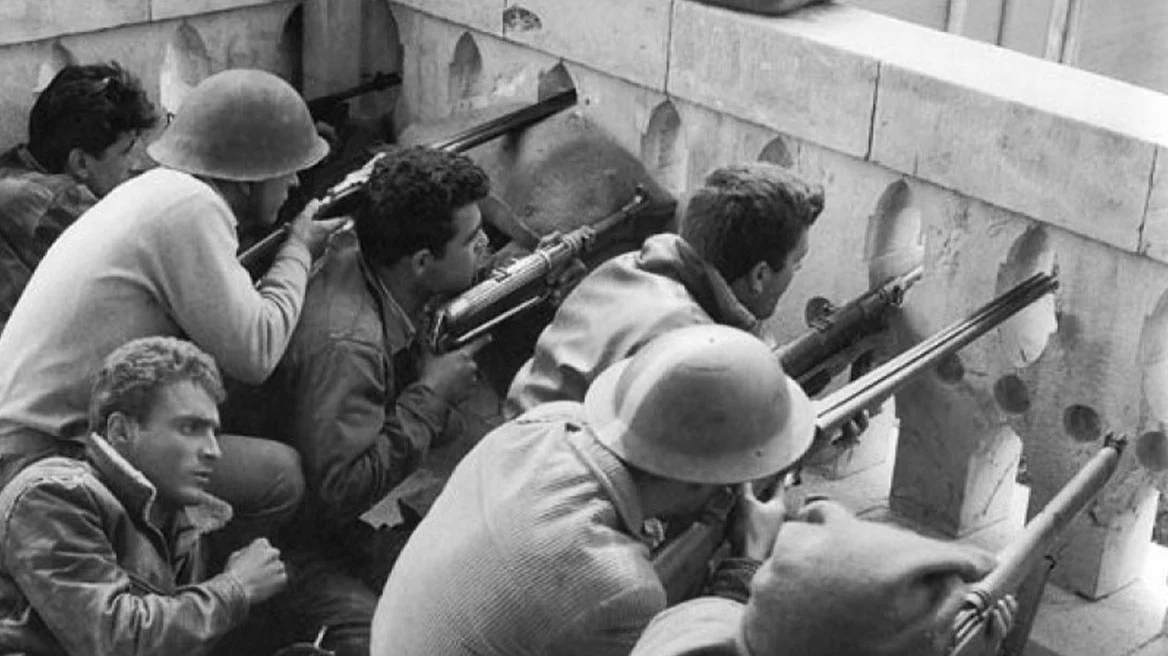In 1914, a Swiss amateur archaeologist, Ernest Roulin, approached the Museum of Science and Art in Ireland with an incredibly rare discovery – two ancient amulets made from fragments of human cranium.
The amulets were dated to around 3,500 BC, during the Neolithic period, and have led to some fascinating conclusions regarding the practices and beliefs of our ancient ancestors.
The amulets are oval in shape and perforated towards one end, possibly for threading so that the item could be worn around the neck. The edges are well finished and rounded, which also suggests that they were worn or displayed as pendants.
The site of Roulin’s discovery in Neuchâtel dates to the Middle Neolithic period of western Switzerland (also known as the Cortaillod culture), and so far only a few such pendants have been discovered in Switzerland.
Ernest Roulin, and a number of archaeologists have suggested that the cranial fragments were removed from the deceased and then perforated and polished to form pendants, possibly to draw strength or protection from the world of the deceased or perhaps simply to commemorate past members of the community.
Continue here: Ancient Origins
Ask me anything
Explore related questions





